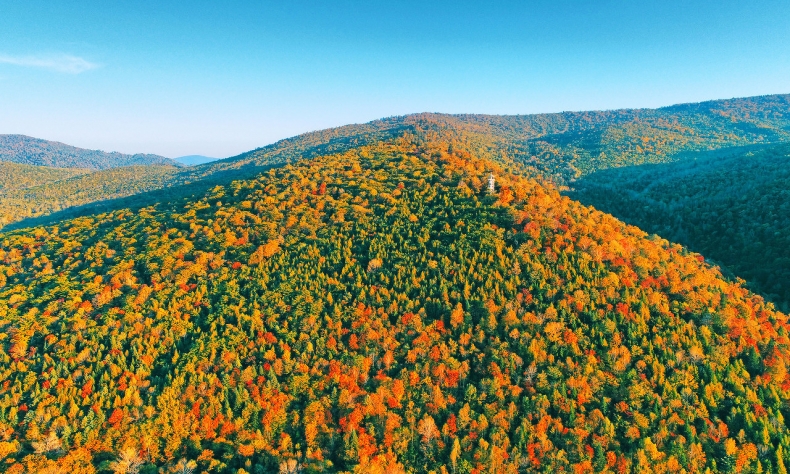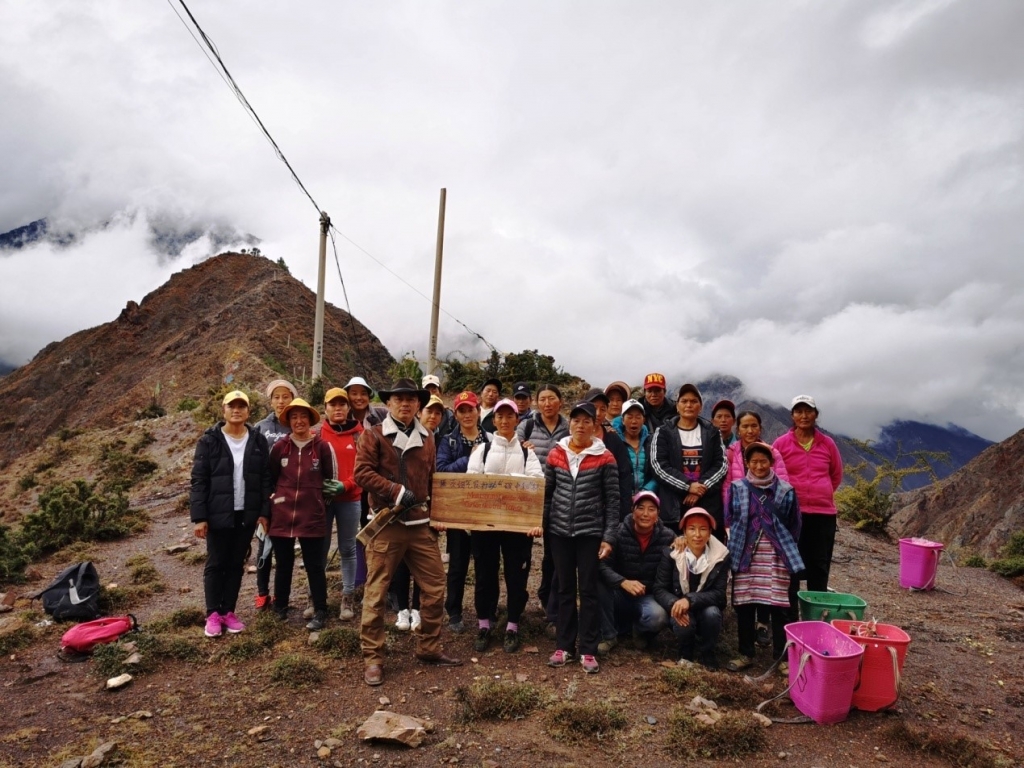China’s Afforestation Effort Helps Achieve Carbon Neutral

China’s extensive afforestation activities will make a significant impact on contribution to China carbon neutral by 2060.
Forest plays an important role in reducing greenhouse gas emissions and mitigating the risk of climate change. At the same time, according to the latest scientific research results, more than half of the world’s carbon sink is attributed to “young” forests less than 140 years old, especially in the middle and high latitudes, rather than the original forests such as tropical rain forests, which were previously thought to be.
This study is based on the comparison of carbon absorption between the original forest and artificial afforestation from 2001 to 2010. The results show that the carbon dioxide absorbed by artificial afforestation is higher than that of the original forest. The main reason for the increase of carbon absorption by artificial afforestation is due to the shorter age of trees.
In this sense, China’s extensive afforestation activities will make a significant impact on contribution to China carbon neutral by 2060.
Afforestation helps carbon sink
Since the beginning of the 21st century, under the background of large-scale forest degradation in the world’s important tropical rain forest regions, such as the Amazon in South America and the Congo in Africa, the trend of forest degradation in China has been reversed obviously, and the forest vegetation has been significantly improved and restored, and the vegetation coverage has been greatly improved. China has long been the first in the world in terms of artificial afforestation areas especially, in 2000-2018, with a net decrease of 1.7million square kilometers of global forest area, China’s forest area has increased by 0.45million square kilometers, with an increase rate of 26.90 percent.
In particular, from 2000 to 2017, one fourth of the new green area in the world came from afforestation in China. From the above data, it can be seen that since 2000, China has made remarkable achievements in afforestation and forest protection, and has become a major contributor to maintaining the basic balance of global forest coverage. On this basis, China’s large-scale afforestation projects play an important role in carbon sequestration and make an important contribution to increasing global carbon absorption.
The rapid recovery of forest vegetation and the substantial increase of “young” forest area in China are attributed to the long-term implementation of afforestation activities led by the Chinese government and a series of effective ecological management projects. For example, the implementation of the national natural forest protection project, “Three North” Shelterbelt Project, “Returning Farmland to Forest and Grassland” project, “Beijing Tianjin Sand Source Control” project, “Saihanba, Kubuqi Desert Greening” projects, and the construction of National Forest Parks. Under the continuous invasion of the Gobi Desert, the Chinese government has been promoting the Green Great Wall project along the 4500 km northern border since 1978.

So far, more than 66 billion trees have been planted. At the same time, the Chinese government has also formulated a series of laws and policies on ecological restoration such as “the forest law of the People’s Republic of China” and the ecological protection red line, which have further ensured the achievements of afforestation.
It is worth noting that while the government is leading, Chinese people are also actively carrying out afforestation activities. China’s newest and major carbon sink areas are concentrated in Southwest China which includes Yunnan, Guizhou and Guangxi provinces. It is also the region with the richest biodiversity in China and even in the world. The terrestrial biosphere formed is considered the largest single region of uptake in China so far.
At the same time, it is also the area with the richest cultural diversity. The local ethnic groups have traditional beliefs and cultures related to forests. These beliefs and cultures have protected the original forests and become the spiritual and cultural basis for the folk spontaneous afforestation. These grassroots spontaneous ecological restoration and emission reduction actions have also made important contributions to support the national emission reduction commitment.
China can help others
In addition to afforestation activities at home, China has also carried out various exchanges and cooperation with African countries in the field of afforestation and desertification control under the background of the Belt and Road Initiative, especially the green silk road construction, which aims at spreading the idea of ecological civilization.
In recent years, African countries have carried out a series of afforestation programs, such as the “Green Belt Movement” in Kenya and the “Green Great Wall Project” in sub Saharan countries. Sub Saharan countries have also established the African green Great Wall organization, which is composed of Senegal, Chad, Djibouti, Mali, Eritrean, Ethiopia, Niger, Nigeria, Sudan, Mauritania and Burkina Faso. The goal of the project is to create a 7,700 km long and 15 km wide green Great Wall belt by planting trees between Senegal and Djibouti to reverse land degradation and curb the expansion of deserts.
The Taklamakan Desert in Xinjiang, China, and the Sahara desert in Africa are facing similar climate and desertification problems. China’s scientific experience in desert control and afforestation will help the African countries. The Xinjiang Institute of ecology and geography, Chinese Academy of Sciences and the green wall organization of Africa have signed a memorandum of cooperation. The two sides have carried out cooperation in the construction and development of the green wall project in Africa, prevention and combating the impact of desertification.
At present, China has made great contributions to the prevention and control of desertification in African countries. Through scientific and technological assistance, joint research and development, technology transfer, scientific and technological demonstration and personnel training, China has helped African countries improve their ability to combat desertification. China’s actions in Africa will contribute directly and indirectly to the goal of carbon neutrality for local countries.
China’s experience has proved that large-scale afforestation under the guidance of science is one of the important means to cope with global climate change, protect biodiversity and achieve sustainable development. For China, afforestation is one of the best ways and effective means to achieve carbon neutral by 2060.
 Facebook
Facebook
 Twitter
Twitter
 Linkedin
Linkedin
 Google +
Google +



